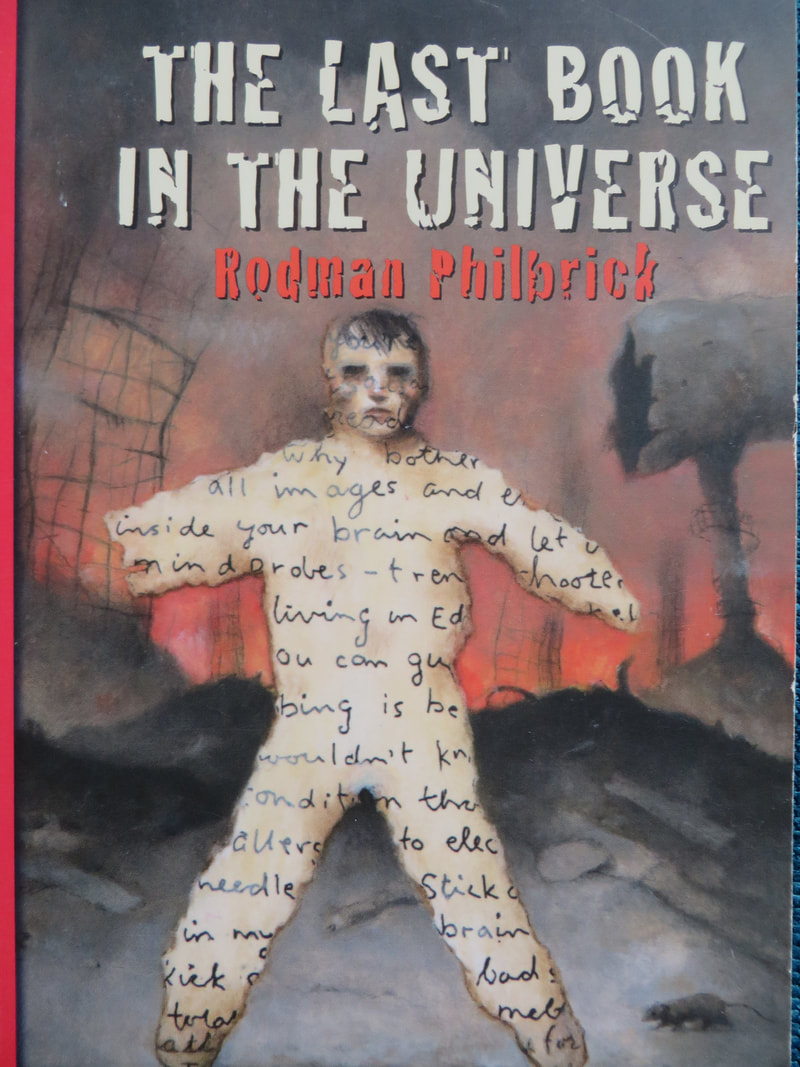

Act II/Initiation The belly of the whale (Campbell) / First pinch pointĬampbell situates this stage at the end of Act I/Departure, but it aligns with the first pinch point, so I’ve shifted it into Act II/Initiation. Katniss agrees to Haymitch’s strategy of pretending she and Peeta are in love.

Once this decision is made or event occurs, the only way is forward.īilbo reconsiders (perhaps due to his Tookish nature) and joins the dwarves. Crossing the first threshold (Campbell and Vogler) / First plot point Both mentors offer Katniss strategies to help her survive the games. Haymitch is Katniss’s, but so is Cinna, though she doesn’t meet him until later. It’s his influence that gives Bilbo the confidence to cross the threshold. In fantasy and science fiction, the mentor isn’t necessarily divine and often offers the hero more practical advice.
:origin()/pre00/0aaa/th/pre/f/2017/117/5/d/echoes_of_a_cave_s_secret_by_anthonypismarov-d7epkyu.jpg)
In myth and legend, a god or demigod provides the hero with supernatural aid. Meeting with the mentor (Campbell and Vogler) – optional They are not plot points in and of themselves, but connect plot points to one another.īilbo protests that he isn’t a burglar and tries to evict the dwarves from his home. In modern story structure, the refusal and meeting with the mentor are optional and, when present, are around the inciting incident. Refusal of the call (Campbell and Vogler) – optional Gandalf arrives and tells Bilbo he’s been recruited as the burglar for Thorin and his dwarves.Īt the Reaping ceremony, Prim’s name is called as tribute to the Hunger Games. What isn’t right in the normal world becomes apparent and the protagonist must make a choice. The call to adventure (Campbell and Vogler) / The inciting incident Katniss wakes up to discover that her sister Prim, with whom she shares a bed, has gone to sleep with their mother. Katniss’s father is dead and her mother is still haunted by the loss. We have to have some reason to care about the protagonist when everything goes to heck in a hand basket.īilbo’s normal world is one of quiet retirement and domestic contentment and it’s immediately disrupted by a knock on the door, heralding an unwanted breakfast party that tests Bilbo’s hospitality. The reader needs some idea of the protagonist’s life before their adventure begins, the state they depart, but also that something isn’t right. This stage is absent, but implied, in Campbell’s Call to Adventure (see next stage).

Act I/Departure The ordinary world (Vogler) / The hook Tolkien’s The Hobbit and Suzanne Collins’ The Hunger Games (the novels). The stories I’ll use for this analysis are J.R.R. Note the differing numbers of stages to plot points (17, 12, and 10). Weiland’s 10 plot point model of story structure, which she summarizes in this NaNoWriMo prep post on her blog, Helping Writers Become Authors. In this column, I’ll use a model of modern story structure and line it up with Joseph Campbell’s 17 stage Monomyth and Christopher Vogler’s 12 stage Hero’s Journey to analyze two familiar stories. If you’re a discovery writer, The Hero’s Journey can be applied after you’ve completed your first draft as a way of troubleshooting. If you prefer to outline, you can use The Hero’s Journey as part of that process. The stages of The Hero’s Journey can be shifted around and some are optional. Pick your favorite writing craft expert and chances are they’ve at least touched on The Hero’s Journey at some point in their body of writing advice. DIY MFA instigator Gabriela Pereira talks about it and some of the character archetypes derived from it in her book and courses. It’s mentioned in the Writing Excuses and The Writing Files podcasts. Steven Pressfield and his editor Shawn Coyne use it. The Hero’s Journey is everywhere in writing craft circles.


 0 kommentar(er)
0 kommentar(er)
